11 Reasons to Live in a House of Straw
http://decor-ideas.org 03/10/2015 01:13 Decor Ideas
When I built a straw-bale house not too long ago, people laughingly recalled the tale of the three pigs at every opportunity. With the tale of the poor first pig embedded in our psyches since childhood, we can’t help but think of a straw house as a flimsy thing, just waiting to be blown away by a big, bad wolf. But now we straw dwellers know better, and given that there are no wolves at our doors, there are many good reasons to build with straw. Here are a few of them.
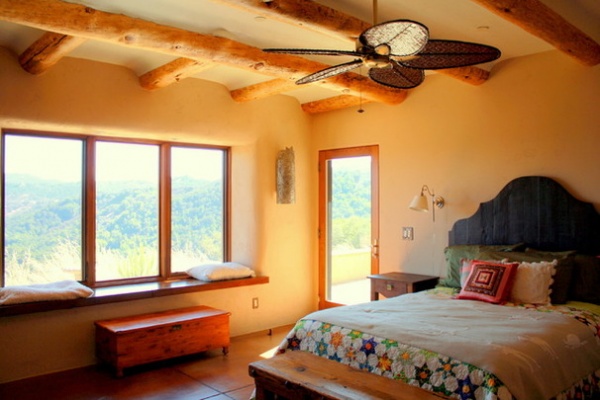
1. It’s warm. On a freezing-cold day, you can stay warm and toasty in your straw-bale home. The average straw bale has a high R-value (a measure of insulation), and this increases according to the thickness of the bale. Compared to conventional building materials, “it provides the highest insulation value, but also the thickest wall,” says six b design architect Jamie Brennan, who has designed a number of houses that use straw bales.
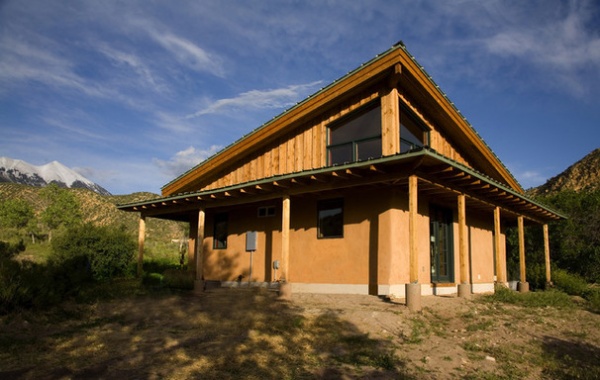
2. It’s cool. A straw-bale house doesn’t just look cool. On a hot day, it can stay very cool, too.
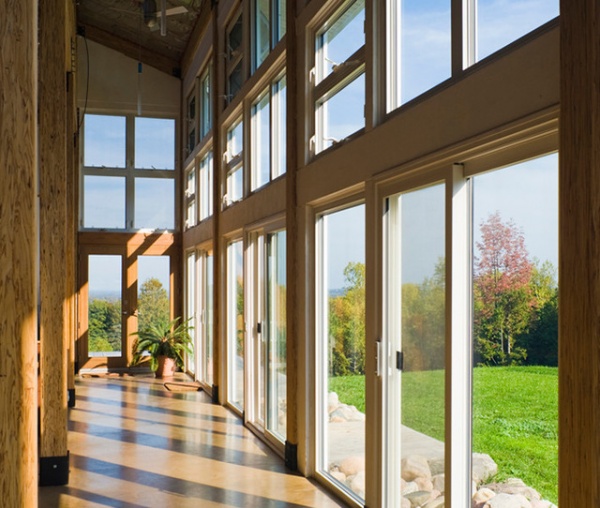
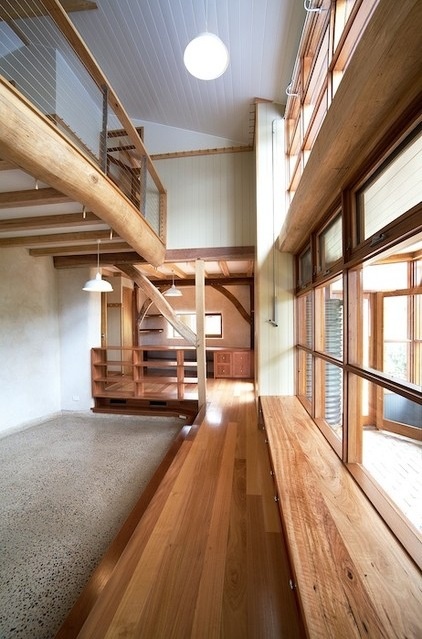
3. It saves energy. This makes a straw-bale house a sustainable option and can save money on energy use. After completing and finally moving into our straw-bale house two years ago, we have no power bills, and we even have credit with the electricity company — a very pleasant turnaround. The straw can be only partially credited with such efficiency, though. Other factors play a part, including the use of passive solar design, thermal mass, double glazing and solar power.
“When I design a building, I use solar passive design principles, which include locating windows, thermal mass and insulation in the best locations for heating and cooling a building for its climate zone,” says Brennan. “Because of the thick walls, it lends itself to being more wall with windows placed within it, and therefore I use it on the east, west and south sides of a building, leaving the north open to the sun with conventional framed walls that are mainly glass with controlled shading.”
The Passive House: What It Is and Why You Should Care
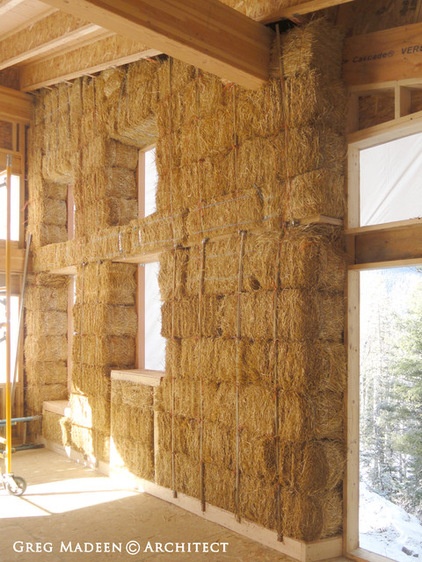
4. It’s a natural material. Another major appeal of straw bales is that they’re not manufactured in a factory. Being a natural material, straw doesn’t contain toxic products and, even once rendered, is more breathable than other building materials.
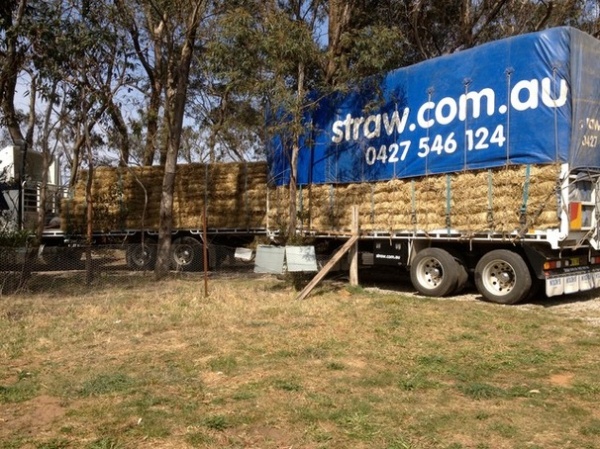
5. It has low embodied energy. The level of embodied energy depends on where you get your straw bales and how they are produced. The reality is that in a country the size of Australia, where I live, unless you happen to live in an area that produces large amounts of straw as a byproduct, it will need to be trucked in. The straw used in my house had to come from 500 kilometers (310 miles) away. This means there was energy involved in getting it to the site, but the energy is low in comparison to that for, say, conventional bricks. The straw you use also may be an agricultural waste product, making it even more sustainable.
Tip: Check on the moisture content of the straw, as it needs to have a low moisture content to be suitable for construction. Rice straw is often recommended for this reason.
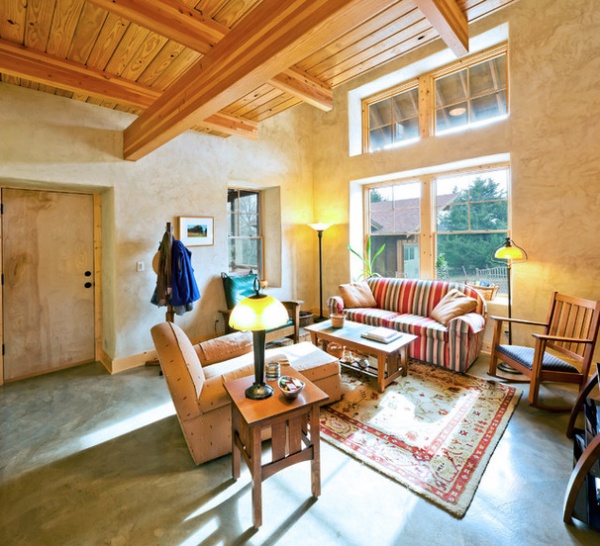
6. It can feel great. Aside from the major practical advantages straw-bale houses, owners often report how wonderful their houses feel — there’s an ambience that isn’t always offered by conventional houses.
“I like to think of it as creating the same feeling you get when you wrap a blanket around your shoulders on a cold night,” says Brennan. This perfectly encapsulates that unusual feeling of being in a straw-bale home.
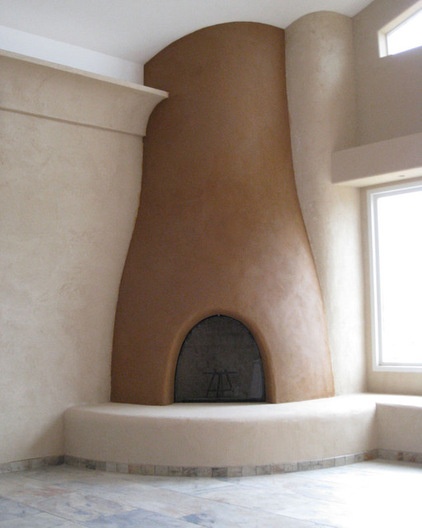
7. It looks great. As well as feeling cozy, a straw-bale house can look very different from a house built of more conventional materials. The rendered walls and fireplace shown here are made from the red, clay-rich soil found on this U.S. home’s property.
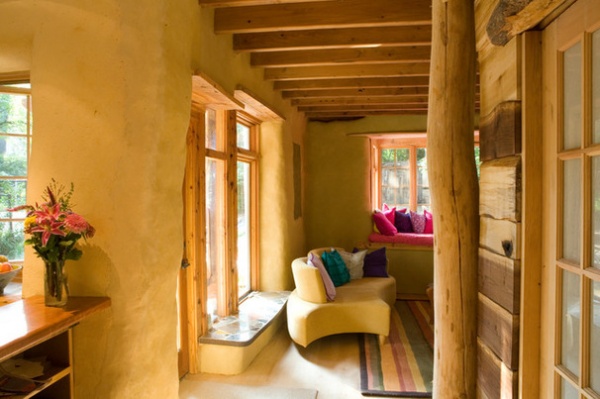
While we think of straw-bale houses as looking quirky or rustic, you can have as little or as much of this look as you want. The rendering can be rough and natural or extremely even and smooth. It depends on the look you’re after and how much time you want to spend on it.
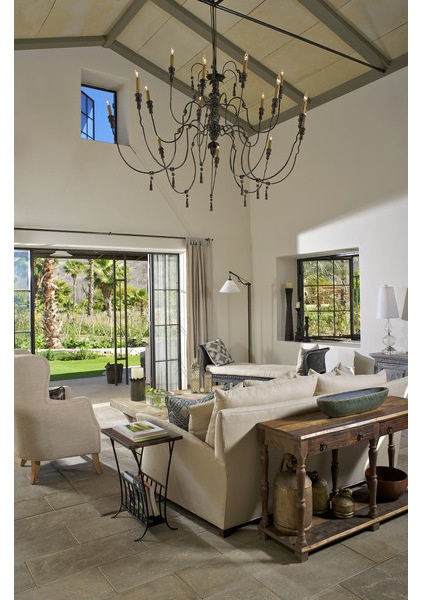
By taking the time to get the bales straight and the rendering as smooth as possible, you can achieve a highly finished and elegant look.
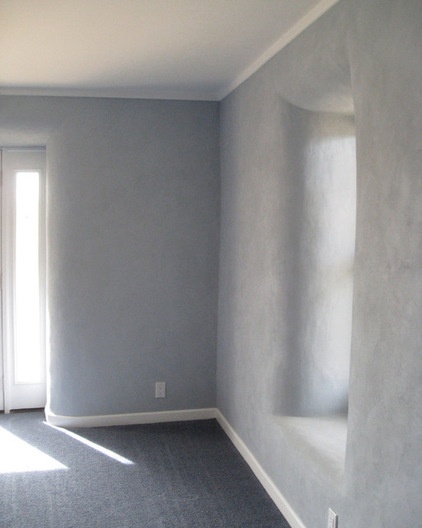
8. You can choose your color. The final color is flexible too. Though many straw-bale houses are a natural creamy or earthy color, you can talk to your renderer about adding pigments of any hue. This dreamy pale blue, for example, is something different from the usual but is still a natural-looking shade.
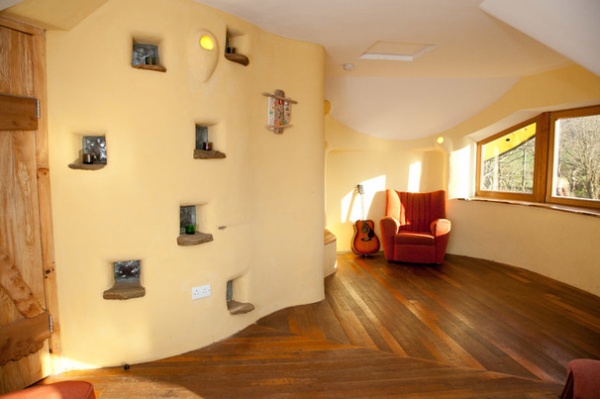
9. It can have nooks and crannies. With its thick bales, straw offers the opportunity to have lots of little, organic-looking recesses to show off objects and ornaments.
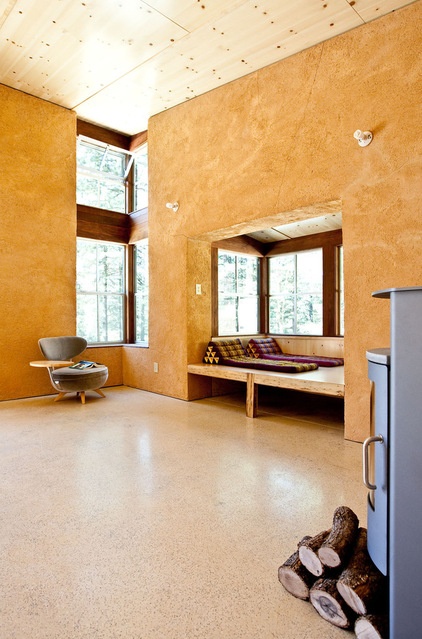
10. It can have beautiful deep windows. Deep window recesses can be built into a straw-bale house, helping give it a distinctive look.
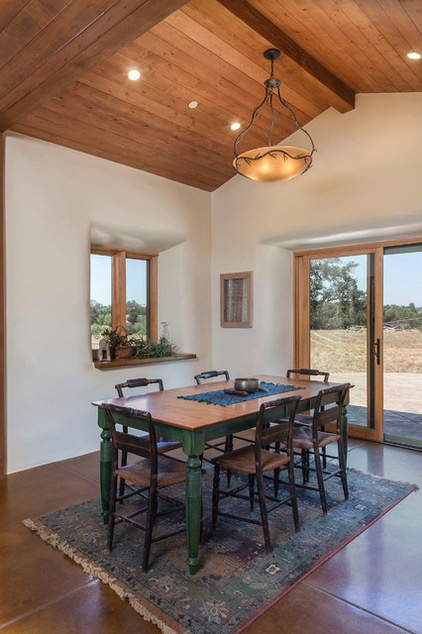
11. It’s quiet. The insulation properties of a straw-bale house make it noticeably quiet, especially if combined with other insulation, such as double glazing.
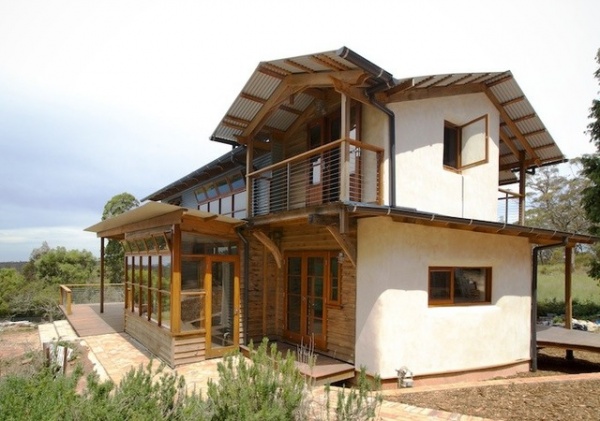
Expert tips: Many straw-bale houses are built by owner-builders with help from friends and the community, attracting, as they do, interest and enthusiasm. However, as with any construction, it helps to get the experts in for crucial building elements.
“I have found straw requires a specialist contractor to install it, or at least provide advice and equipment at critical stages of construction,” Brennan says. “You can have standard construction below the straw to provide normal termite- and damp-proofing, but from the floor level up, a specialist contractor can advise on the bottom/top frame, laying of bales and tensioning.”
“The specialists all seem to be happy to work side by side with the owners, as most people who want to use straw like to be involved in the construction,” Brennan adds. “Straw is also an alternative construction method in the building code of Australia, so an engineer or a specialist consultant is required for council approval.”
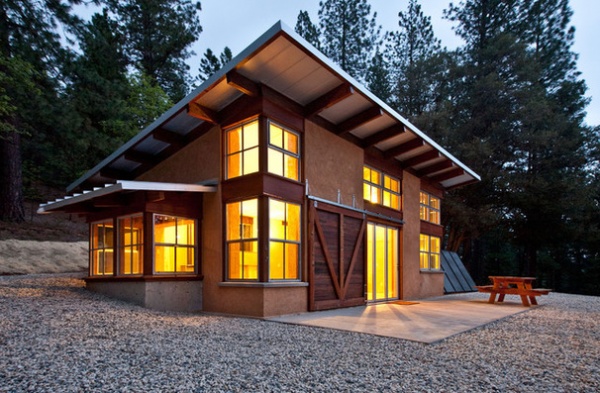
“Then there is the rendering, which tends to be earth or lime, as a breathable render is better for straw so moisture can be released. Also, wide eaves are recommended to protect the wall from weathering,” says Brennan. “There is also the attention to detail around windows and at the top and bottom of walls, which needs to be worked through before you start, so every step of the construction is working towards the finish result you are after.”
Would you consider building a house of straw? Or are you still afraid a big, bad wolf might blow it down? Let us know in the Comments.
More: Why You Might Want to Build a House of Straw
Related Articles Recommended












